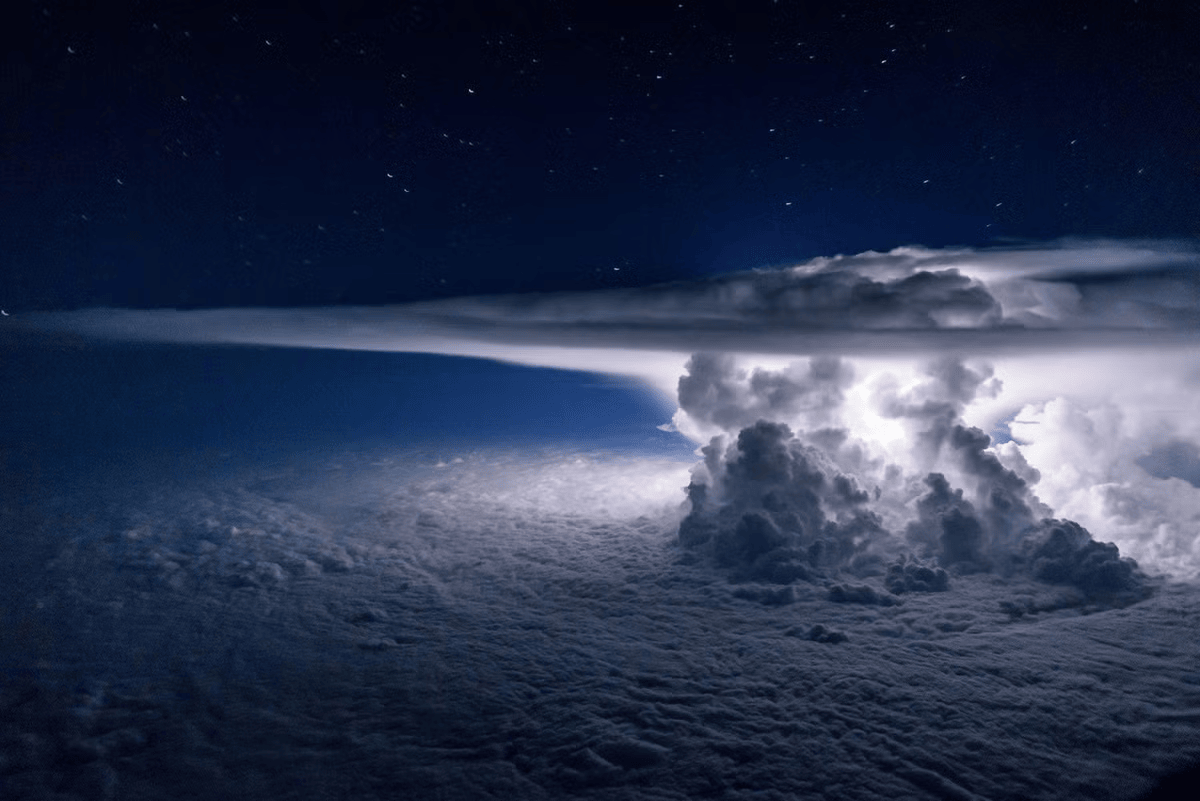Gamma Radiation in Thunderstorms: New Insights

After years of relying on suboptimal equipment, scientists finally managed to closely observe the production of gamma radiation in thunderstorms by flying a retrofitted NASA U2 spy plane over storms, Psy.org reported. This revealed that thunderstorms generate these high-energy particles far more frequently than previously thought, and it uncovered mechanisms that are still riddled with unanswered questions.
"It has always amazed me that thunderstorms can generate high-energy gamma rays, electrons, even positrons, and nuclear processes," said Steve Cummer, a co-author of two papers detailing the findings. "Cosmic events are so massive and energetic, it is difficult to comprehend. Yet, something as ordinary as a thunderstorm is one of the only other natural processes known to produce such high-energy particle bursts."
Research conducted using NASA’s ER-2 High-Altitude Airborne Science Aircraft – a retrofitted U2 spy plane from the Cold War – demonstrated that the production of gamma radiation during thunderstorms is more frequent and dynamic than expected. These planes, ideal for this investigation due to their ability to fly miles above storms and at great speed, made it possible to choose the precise storms likely to yield results.

In a month, the ER-2 undertook 10 flights over tropical storms. Remarkably, nine of these flights provided observations of gamma radiation, revealing that more than half of tropical thunderstorms produce gamma rays. Aircraft flying near storms have previously reported a faint gamma glow from clouds, suggesting low-level radiation production, although this rarely results in the more explosive bursts detected by satellites.
The basic physics of thunderstorm gamma-ray production involves swirling drafts driving water and ice into mixtures that create an electric charge. Positively charged particles rise to the storm top while negatively charged ones settle at the bottom, forming a potent electric field potentially as strong as 100 million AA batteries. Electrons accelerating in this field can cause collisions resulting in high-energy gamma rays, antimatter, and other radiation types.
Interestingly, among the observed gamma radiation, many short, intense bursts appeared frequently alongside lightning discharges. This emphasizes that the strong electric field produced by lightning supercharges already energetic electrons, which then generate high-energy nuclear reactions. More surprisingly, researchers identified two types of short gamma bursts that are not associated with lightning development: one incredibly brief, below a thousandth of a second, and another repetitive type within a tenth of a second.

"These new forms of gamma radiation are what I find most fascinating," Cummer noted. "They emerge spontaneously and may be linked to the enigmatic processes initiating lightning."
As for potential risks of gamma radiation from thunderstorms, Cummer assured that any hazardous radiation is minor and would only affect those in close proximity, a scenario already avoided due to dangerous storm conditions like extreme turbulence.
The teams' findings significantly extend our understanding of how common and complex gamma-ray production is within thunderstorms, demonstrating hidden dynamics mirroring a "boiling pot" of radiation and posing new challenges and questions for meteorologists and physicists.
Earlier, SSP told why dogs stare intently at us.



















